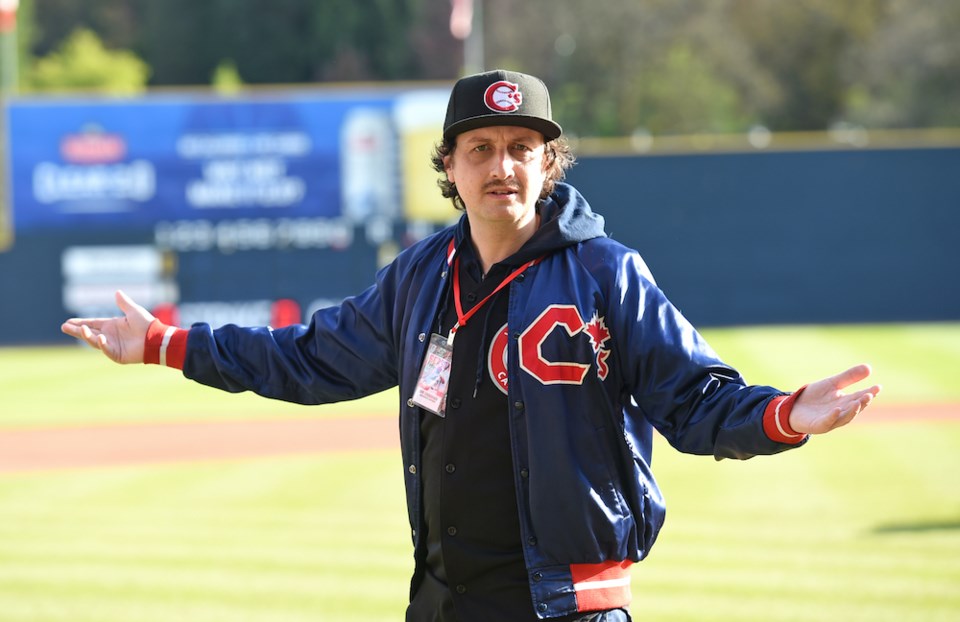Dear reader(s), it’s time for us to discuss The Pitch Clock. Sorry if I’m a little late getting to this subject, but I move at a slower tempo than most other baseball writers.
If you’ve been to Nat Bailey Stadium this season, perhaps you’ve noticed a large digital timer in the outfield wall, counting down from 14 seconds with no runners on base and 19 when there are.
That is the Pitch Clock. It’s designed to limit the amount of time a pitcher can utilize before throwing the darned ball and the amount of time a batter has to preen and fiddle with their gloves before they need to get in the darned box.
If a pitcher doesn’t hurl a pitch in time, it’s called a ball. If a hitter isn’t ready to go in time, it’s called a strike. Batters are allowed one timeout per plate appearance, and pitchers are limited to two step-offs, or pickoffs, for every batter they face.
Whew. Paraphrasing those rules made me feel like a lawyer.
Okay. Now that our watches are all synched-up on what the Pitch Clock is, let’s talk about what it means. And when I say “let’s talk about it” I mean: “Let’s listen to me talk about it.”
When I first learned about the Pitch Clock, I hated it. Baseball is supposed to be timeless. Its biggest moments are case studies in mounting tension and anxiety through anticipation. And I didn’t want any stupid clock coming in and rushing those moments along.
But now that I’ve been able to experience a little over half of a season watching baseball games that use the clock. I gotta say: I like it.
The natural rhythm of the game remains the same, but everyone is a bit more on their toes. It harkens back to the type of baseball (that I’ve only heard about because I am very young and very relevant) that was played in the 70’s or 80’s, when pitches would come every 10-15 seconds.
As well, it doesn’t hurt that game times, on average, are down across minor league baseball when using the Pitch Clock. And I don’t think that’s a bad thing.
I know that I could watch baseball all day/every day…but the casual fan? Not so much. I love bringing friends who aren’t baseball fans to The Nat. But their biggest concern is always: “How long is this thing gonna last?”
And finally, to my untrained, unskilled and anecdotal eye: more stuff is happening! I feel like more balls are being put in play than I am used to seeing. Maybe there’s data to support this, but I’m just going with what I see and feel, cause I’m old school like that.
More balls in play means more stuff to watch. Not just more hits, but more spectacular dives and catches, throws and tags, running and sliding. I feel like the pitch clock may bring back a brand of baseball that better shows off the beauty, athleticism and choreography that turns people into fans.
So what do you think? Wanna roast me on my love of the pitch clock? Come see me at the Nat, I’ll be behind home plate counting down…to fun!



